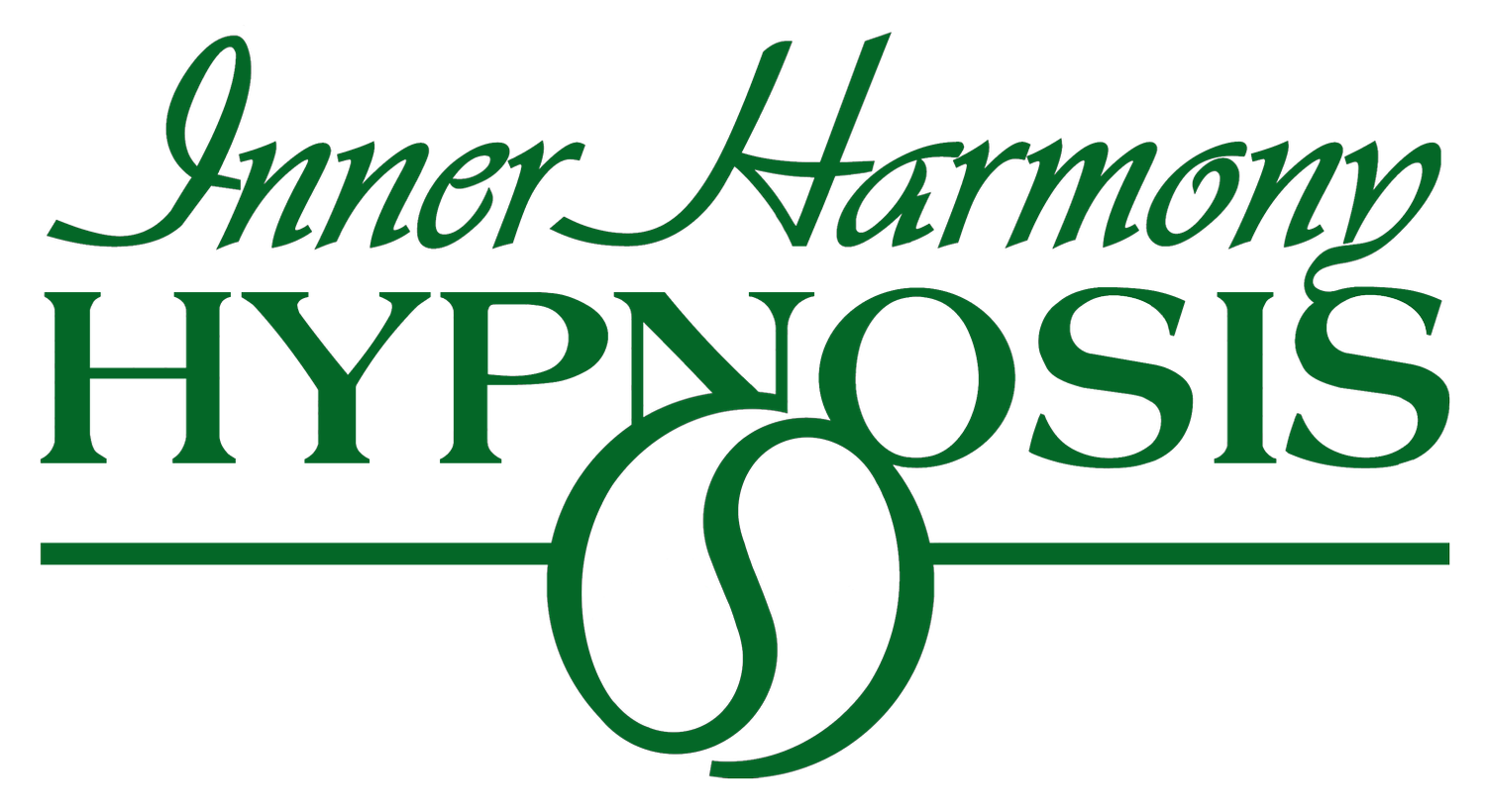
History of Hypnosis
A few Interesting Facts about the History of Hypnosis
Hypnotism can be traced back over 4,000 years to ancient Egypt, as well as to Ancient India and Ancient Greece. Healing sanctuaries called "Sleep or Dream Temples" were built to heal people with all sorts of physical and mental problems. First people would be guided into a hypnotic state. Then the priests and priestesses would interpret the person's dreams to gain knowledge about their sickness and to find a cure. Meditation, chanting, fasting, baths and sacrifices to the patron deity or other spirits were often part of the healing.
In the late 1700’s, Austrian physician Franz Anton Mesmer theorized that there was a quasi-magnetic fluid in the air we breathe, which was absorbed by our nervous system. Blockage of the circulation of this magnetic fluid in the blood and the nervous system caused illness and disease. He believed this “cosmic fluid” could be stored in inanimate objects, such as magnets, and transferred to patients to cure them of their sickness. To have this happen, Mesmer would place his patients in a tub of water with protruding iron rods. He would tell his patients that as he touched them with his hand held magnetic rod, they would become magnetized, go into a state of "crisis" and then emerge cured. His theory of hypnosis became known as Mesmerism, and he was given the title 'Father of Hypnosis'.
By the mid 1800’s, this theory was debunked and hypnosis began to be understood as a natural and normal phenomenon. James Braid is often regarded as the first true hypnotist, in publicizing that hypnotism has nothing to do with magnetism, but that it is a physiological process causing "sleep of the nerves." In 1842, Braid coined the term "hypnotism", derived from the Greek mythology Hypnos, the god that personified sleep. In time, Braid realized that "hypnotism" is not a form of sleep, but the terms "hypnotism" and "hypnosis" stuck.
In the early 1900's, the Jewish Austrian neurologist Sigmund Freud recognized the part of the mind known as the unconscious mind. While Freud observed people in a hypnotic state, he learned that repressed memories in the unconscious mind caused many psychological illnesses.
During the American Civil War (1861-1865), the first extensive medical application of hypnosis was used by doctors for pain management, by having the mind's natural ability create anesthesia. It was again widely used while treating wounds in World War I, World War II and the Korean War, and also to overcome Post Traumatic Stress Disorder.
The greatest medical breakthrough was in 1958, when the American Medical Association approved the use of hypnosis for medical purposes. And then in 1960, the American Psychological Association endorsed hypnosis as a branch of psychology.
The man that advanced hypnotism for medical purposes to a level of great efficiency and success is Dave Elman (1900-1967). Elman’s definition of hypnosis, “Hypnosis is the bypass of the critical faculty of the conscious mind and the establishment of acceptable selective thinking”, is still widely used among professional hypnotists. A highly respected hypnotist himself, Elman is known for having trained the most physicians and psychotherapists in America, in the use of hypnotism. His technique for rapidly inducing a person to move into the state of hypnosis has left earlier methods in the dust, and is still widely and successfully used today.
That brings me to my teacher and mentor Gerald F. Kein, founder of the Omni Hypnosis Training Center in DeLand, Florida. Jerry Kein was trained by David Elman and maintained a highly successful career in hypnotism for well over fifty years. He trained thousands of hypnotists worldwide and continues to be recognized as one of the world's leading instructors of hypnotism. Jerry made his transition on March 21, 2017. He is greatly missed.
